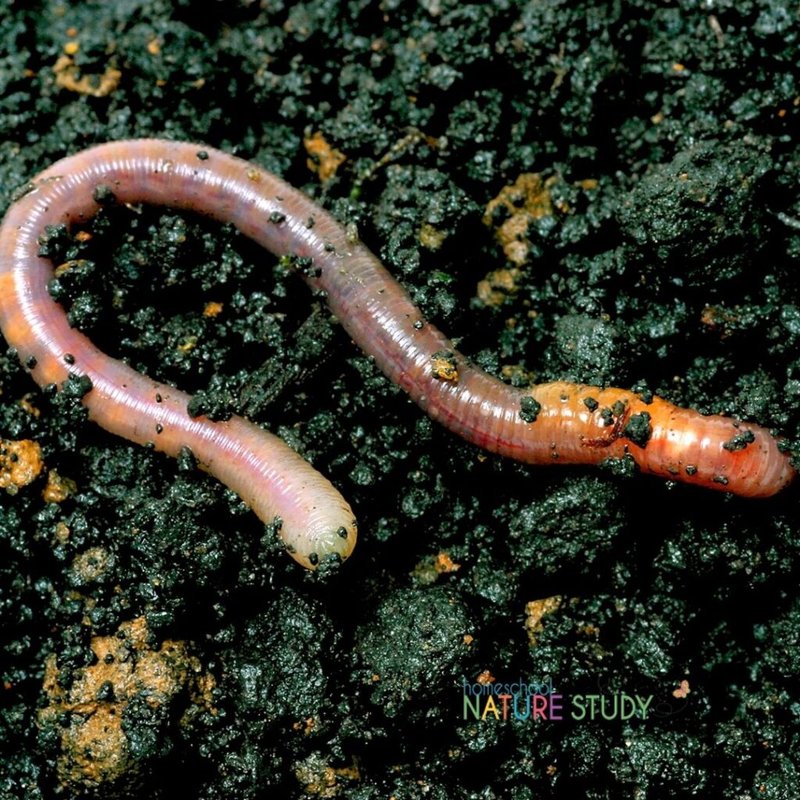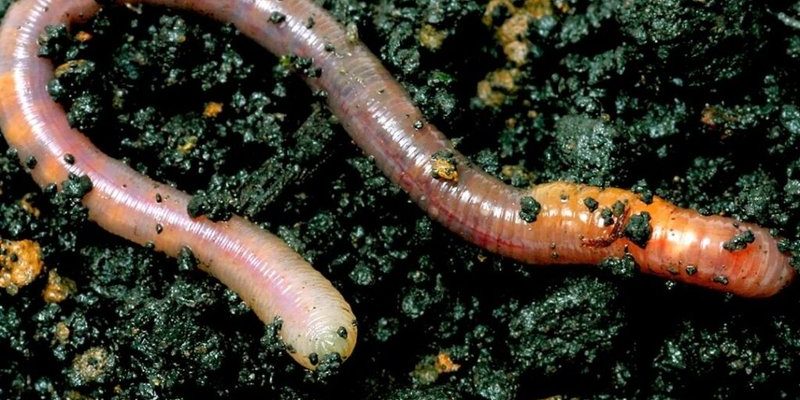
So, if you’re curious about how to collect earthworms for study, let’s dive into the gentle art of earthworm collection. We’ll explore methods that protect their well-being while satisfying your curiosity. With a little bit of care and the right techniques, you can gather these fascinating creatures without causing them stress. Grab your gardening gloves, and let’s get started!
Understanding Earthworm Habitats
Before you head out to collect earthworms, it helps to know where they like to live. Earthworms thrive in moist, dark environments, often found in gardens, forests, or grassy fields. They’re not fans of extreme temperatures, so early morning or just after a rain shower is the best time to search for them.
When scouting for earthworms, look for areas with rich, organic soil. This can include spots with plenty of fallen leaves, decomposing plant matter, or even compost piles. These environments provide the nutrients earthworms need to thrive. If you’re unsure about soil quality, try using a trowel to dig a little deeper; you might discover a treasure trove of wriggly buddies waiting beneath the surface!
Gathering the Right Tools
Collecting earthworms doesn’t require high-tech gadgets—just a few simple tools to make the process easier. Here’s what you’ll need:
- Garden gloves: Wearing gloves will protect your hands while keeping the earthworms safe from oils or chemicals.
- A small container: Use a breathable container, like a bucket or a cardboard box, to transport the earthworms without causing harm.
- A trowel or small shovel: This will help you gently dig into the soil to find earthworms hidden beneath the surface.
- Moist cloth or paper towel: Keep this handy to cover the worms as you collect them to ensure they remain damp and stress-free during transport.
With just these basic tools, you’re well on your way to a successful earthworm collection day!
Choosing the Right Time and Weather
Timing is key when it comes to collecting earthworms. They tend to be more active during specific weather conditions. For example, moist and overcast days are ideal since earthworms come closer to the surface to avoid drowning in heavy rain.
If you’re planning a visit to your favorite earthworm habitat, aim for early morning when the grass is still wet with dew. This gives you the best chance of spotting them as they venture out. Remember, earthworms are sensitive to light, so they prefer to stay hidden. If the sun is out in full force, it might be harder to find them.
Here’s the thing: if you’re unable to collect during ideal weather, don’t fret! Earthworms can still be found by digging into the soil gently. Just make sure to keep your digging confined to small areas to minimize any disturbance in their ecosystem.
Ethical Collection Methods
Collecting earthworms ethically should always be your top priority. The goal is to study them without causing harm. Here are some tips to ensure a responsible collection process:
1. **Limit the number:** Only collect what you need for your study. Over-collecting can disturb the local ecosystem and potentially harm the population.
2. **Gentle digging:** Use your trowel to gently sift through the soil rather than aggressively turning it over. This minimizes shock to the earthworms and their environment.
3. **Return them after study:** If possible, plan to return the earthworms to their original location after your study. This way, they can continue their important work in the soil.
By practicing these methods, you can collect earthworms with respect for their role in nature. Honestly, it just feels good to think about how you’re contributing positively to the environment while satisfying your curiosity.
Handling Earthworms with Care
After you’ve collected some earthworms, it’s essential to handle them with care. Earthworms have delicate bodies, and rough handling can lead to injury or stress. Here’s how to treat your newfound friends gently:
First, ensure your container is calm and moisture-rich. Earthworms breathe through their skin, which requires them to stay moist. You can line the bottom of your container with damp paper towel or soil to keep them comfortable.
When picking them up, use your fingers rather than tools. This helps you feel their delicate bodies and minimizes the risk of injury. Place them gently into your container, and avoid dropping them from a height. Just remember, you’re transporting living beings, not objects!
Conducting Your Study Effectively
Now that you have your earthworms ready, it’s time for the fun part—conducting your study! You might be interested in observing their behavior, examining their anatomy, or even understanding their role in soil health. Here are some tips to help your study go smoothly:
– **Take notes:** Write down your observations as you go. This can include their movements, responses to stimuli, and any notable features.
– **Keep it simple:** Focus on a few specific questions or hypotheses. This will help you stay organized and make your study more manageable.
– **Use visuals:** If possible, take photos or sketch what you see. Visual documentation can greatly enhance your understanding and make the study more engaging.
By letting your curiosity lead the way, you’ll not only learn more about earthworms but also develop a deeper appreciation for their role in our ecosystem.
Returning Earthworms to Their Habitat
After completing your study, it’s time to think about the best way to return the earthworms to their home. This step is crucial for their survival and the health of their ecosystem. Here’s how to do it properly:
Find the exact area where you collected them. If you can’t remember the spot, look for similar conditions nearby. Gently pour the earthworms back into the soil, making sure they have enough moisture and cover from light.
As you release them, take a moment to observe how quickly they burrow back into the earth. It’s a small but satisfying reminder that you’ve contributed positively to their environment.
Remember, even simple acts like returning earthworms to their natural habitat foster a sense of stewardship for the environment. It helps keep our ecosystems balanced and thriving.
In conclusion, collecting earthworms for study is a fascinating and enriching experience. By understanding their habitats, gathering the right tools, and practicing ethical collection methods, you can study these amazing creatures without harm. So next time you feel that urge to dig into the dirt, go ahead—just remember to be kind and respectful to those little wrigglers!

